In a 1988 letter to the Rev. George V. Coyne, S.J., director of the Vatican Observatory, His Holiness Pope St John Paul II wrote, “Science can purify religion from error and superstition; religion can purify science from idolatry and false absolutes. Each can draw the other into a wider world, a world in which both can flourish.”
The Gold Mass, which follows in the tradition of special Masses for members of different professions, was selected because gold is the color of the hoods worn by individuals graduating with a Ph.D. in science. It is also the color associated with the patron saint of scientists St. Albert the Great.
“The proper roles and relative importance of faith and reason have been pondered and argued across the centuries. In our day, the debate is often cast in the form of religion (faith) and science (reason), with an underlying assumption that the issue boils down to religion versus science, and we really need to take sides, either clinging to outdated “religious superstition” or progressing with the times to “follow the science.”
Pope St. John Paul summed up the extremes of this false dichotomy in his encyclical Fides et Ratio (Faith and Reason) in 1998 using the terms fideism (from the Latin fides for faith) and scientism. Fideism, embodied by some of our Protestant brethren, “fails to recognize the importance of rational knowledge and philosophical discourse for the understanding of faith, indeed for the very possibility of belief in God” (50). We see this most commonly in Biblicism, which makes the Bible “the sole criterion of truth.” Scientism, embodied by many modern atheists and agnostics, is “the philosophical notion which refuses to admit the validity of forms of knowledge other than those of the positive sciences; and it relegates religious, theological, ethical, and aesthetic knowledge to the realm of mere fantasy” (88).
John Paul knew well that St. Thomas Aquinas made clear in the thirteenth century, as he put it in the Summa Contra Gentiles, that “there exists a twofold truth concerning the divine being.” One kind of truth is accessible through reason, and the other is obtained through God’s direct revelation. Indeed, one nice metaphor casts such truths as written in two books—the book of nature and the book of Scripture. John Paul provided a particularly beautiful and relevant metaphor: “faith and reason are like two wings on which the human spirit rises to the contemplation of truth.”
Today, we celebrate the feast of one of the people who flew the highest upon both wings—all the way to heaven. Albert of Cologne (c.1200-1280) is perhaps best known today as the teacher and mentor of Thomas Aquinas. Indeed, as Thomas has become the patron saint of scholars, Albert is the patron saint of scientists. (Seems they both did a fair job of choosing faith and reason.)
Though he is overshadowed by the towering figure of his mighty student, Albert was known as Albertus Magnus (Albert the Great), even while he was alive on earth. So why was he so great? Because he read so well the books of Scripture, like many great Church Doctors before him, and because he read the book of nature like none before him and few since! He also wrote many books of his own, and both different kinds of books.
Albert was called the Great due to his incredible breadth of knowledge and mastery of virtually every scientific discipline known to man at the time—from A to Z, with contributions to fields as diverse as anatomy, anthropology, astronomy, biology, botany, chemistry, dentistry, geography, geology, medicine, physiology, physics, psychology, and zoology. Some people in his day said you could completely repopulate the forests and rivers of Bavaria with all the plants and animals he had written about. Some said Albert knew all there was to know!
Working without any modern instruments, two hundred years before the printing press, and in the midst of a variety of roles throughout his lifetime, including professor at the University of Paris, bishop of Cologne, and Dominican provincial of Germany, here are some of Albert’s scientific accomplishments:
- He isolated arsenic.
- He provided the first description in Western writing of the spinach plant (surely becoming the favorite Church Doctor of Popeye the Sailor Man.)
- He did early work in the theory of protective coloration of animals—including predicting that animals in the extreme north would have white coloring.
- He determined that the Milky Way is a huge assemblage of stars.
- He determined that the figures visible on the moon were not reflections of the earth’s mountains and seas, but features of the moon’s own surface.
- He predicted land masses at the earth’s poles.
- He predicted a large land mass to the west of Europe (and a copy of his prediction has been found in the personal library of Christopher Columbus).
- He determined, with the use of mathematical formulae, that the earth was spherical.
- He integrated the theories of Aristotle on the nature of human memory with the literature on practical improvement of memory that came down through Cicero.
So Albert clearly was no slouch on the science side of the ledger. As for religion, Albert also wrote many treatises of biblical commentary and was said to be perhaps the most prolific Mariologist of the thirteenth century. Indeed, when Pope Pius XII declared the dogma of the Assumption of Mary on November 1, 1950, he cited Albert as a key champion of the Assumption, having gathered the arguments from Scripture and the Church Fathers to conclude that the Mother of God had indeed been assumed body and soul into heaven.
Though Albert’s greatest student, the Angelic Doctor Thomas Aquinas, was as calm and placid as they come, our great Albert could get testy at times, but only because he so cherished the truth. Later in his life, he would speak out with strong words against those opposed to acquiring human knowledge, the fideists of his day: “There are those ignorant people who wish to combat by every means possible the use of philosophy, and especially among the preachers, where no one opposes them; senseless animals who blaspheme that of which they know nothing.”
Albert loved science and philosophy because he loved God. He knew well that the book of Scripture guides us to the book of nature, and vice versa: “For the greatness and beauty of created things comes a corresponding perception of their creator” (Wis. 13:5). Albert never looked at or wrote about a plant, an animal, or even a star without glorying in the fact that each is a creature, reflecting in its own way the beauty and perfection of its creator. That is why the whole world was theology to him.
St. Albert the Great, pray for us, that we may grow in faith and reason, in religion and in science.”
Love & truth,
Matthew



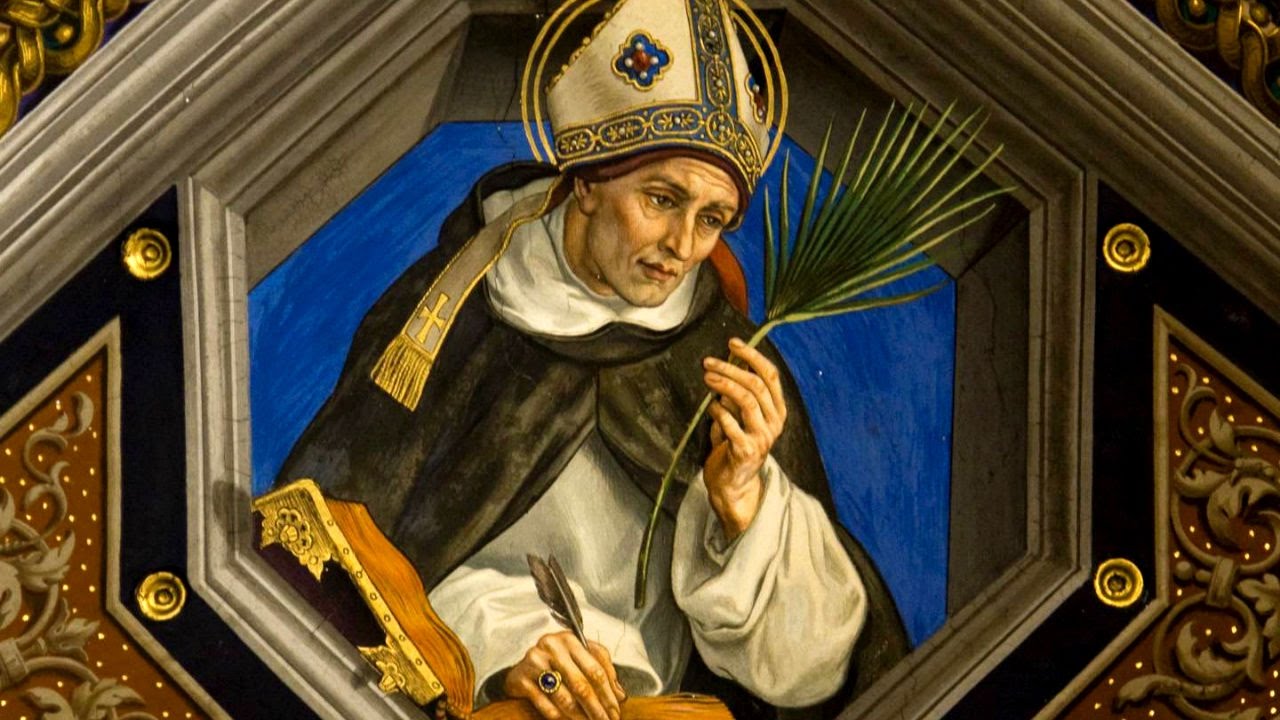
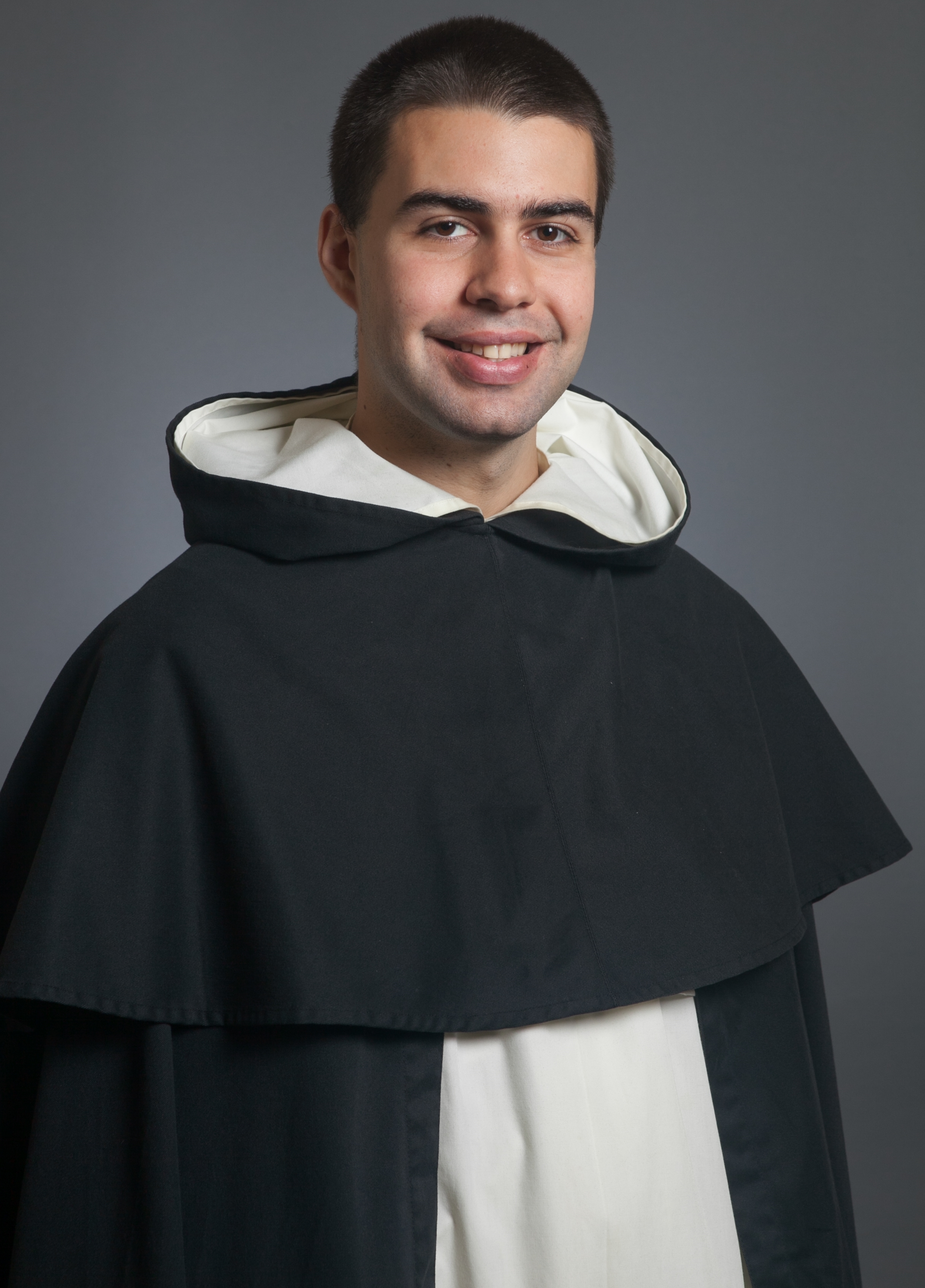
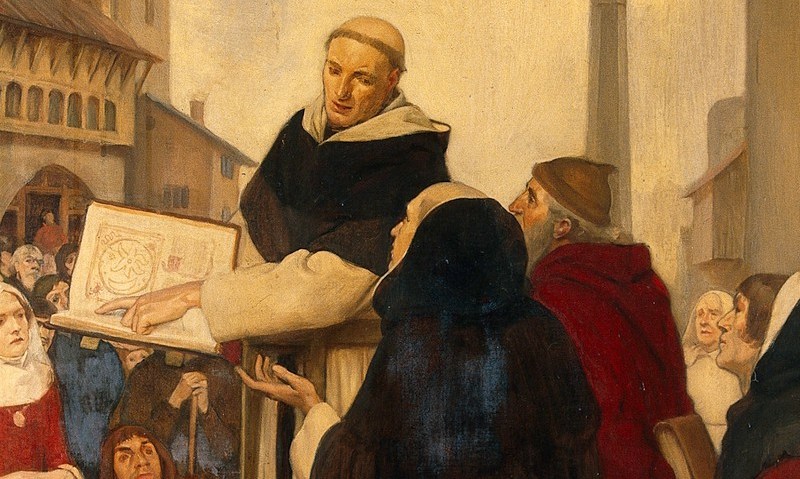
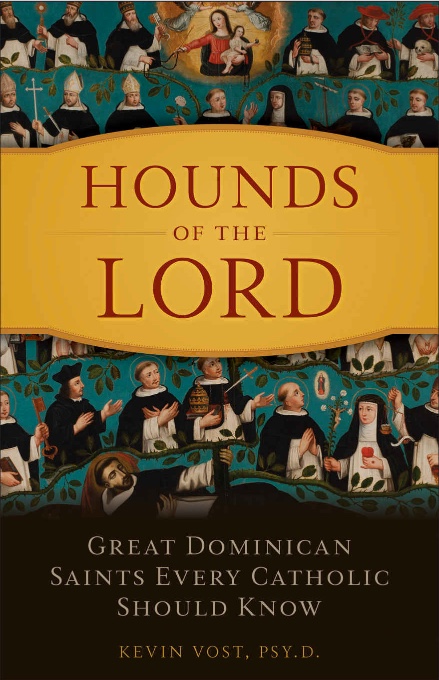
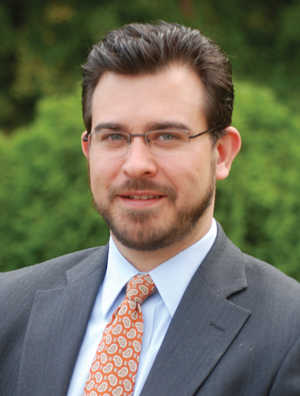
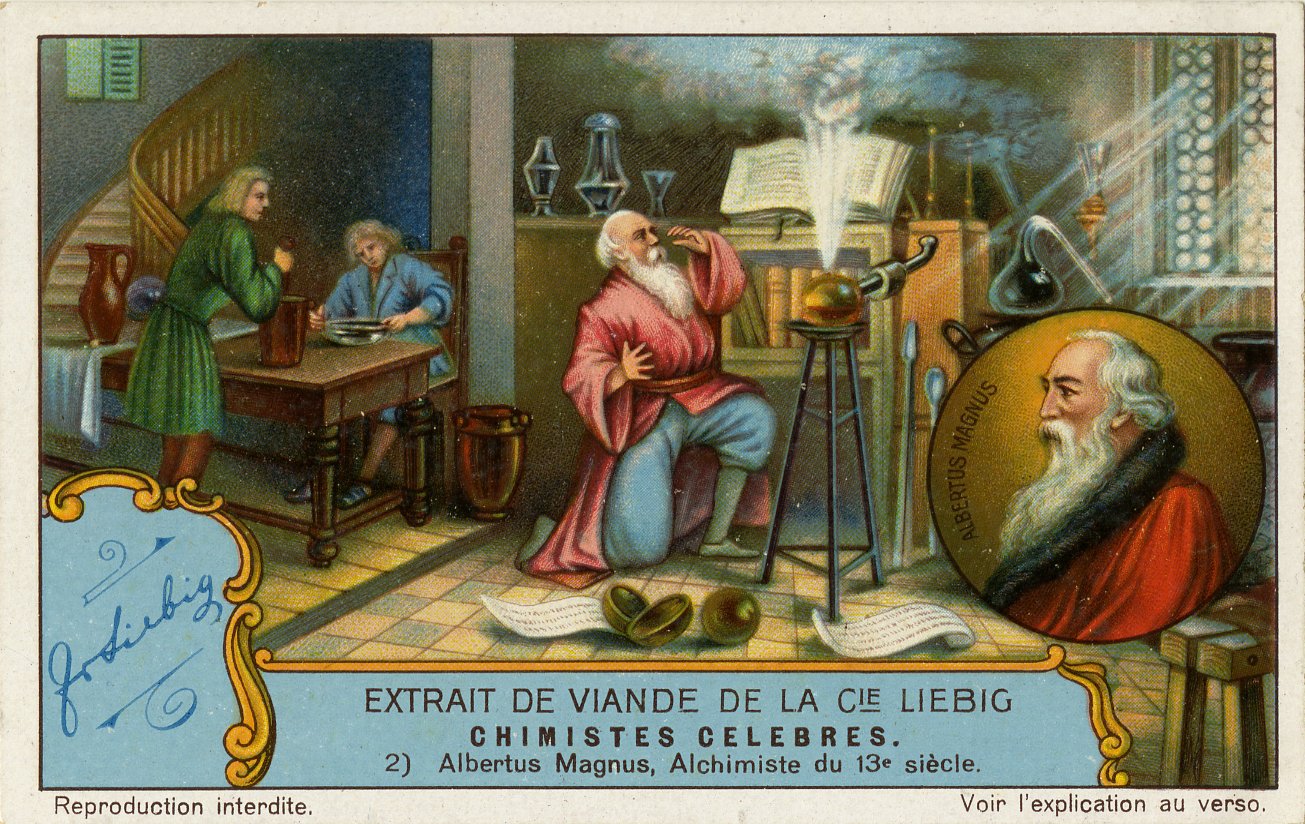
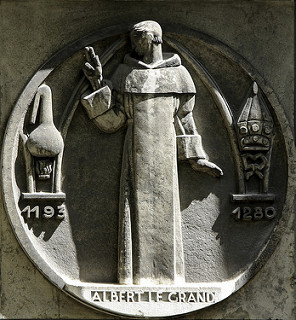

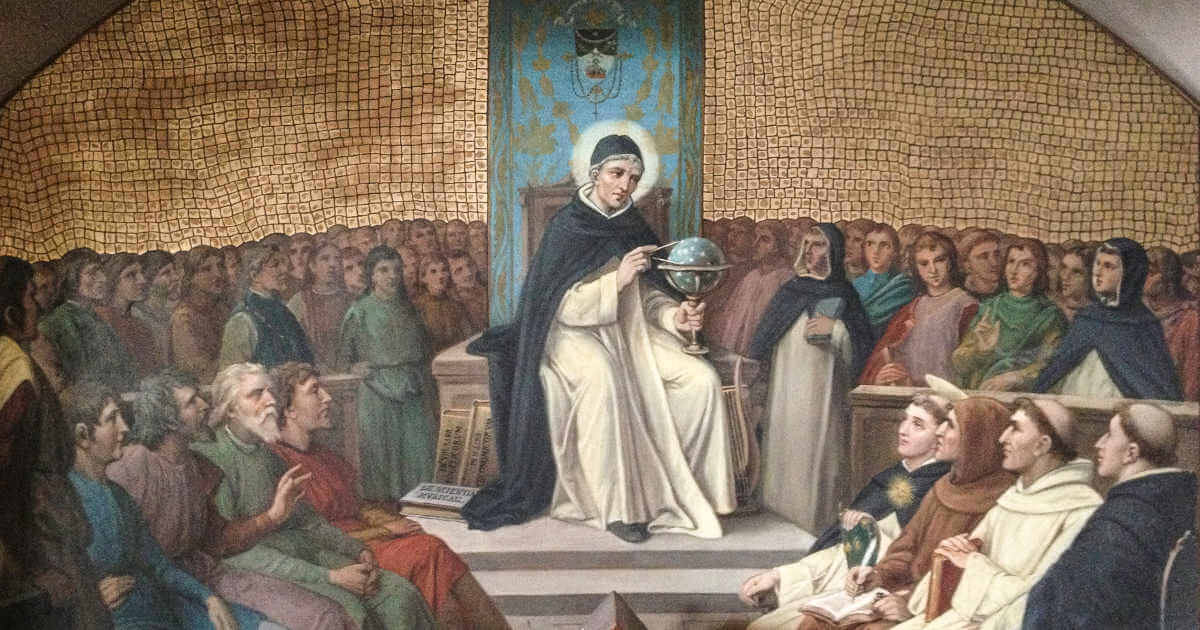

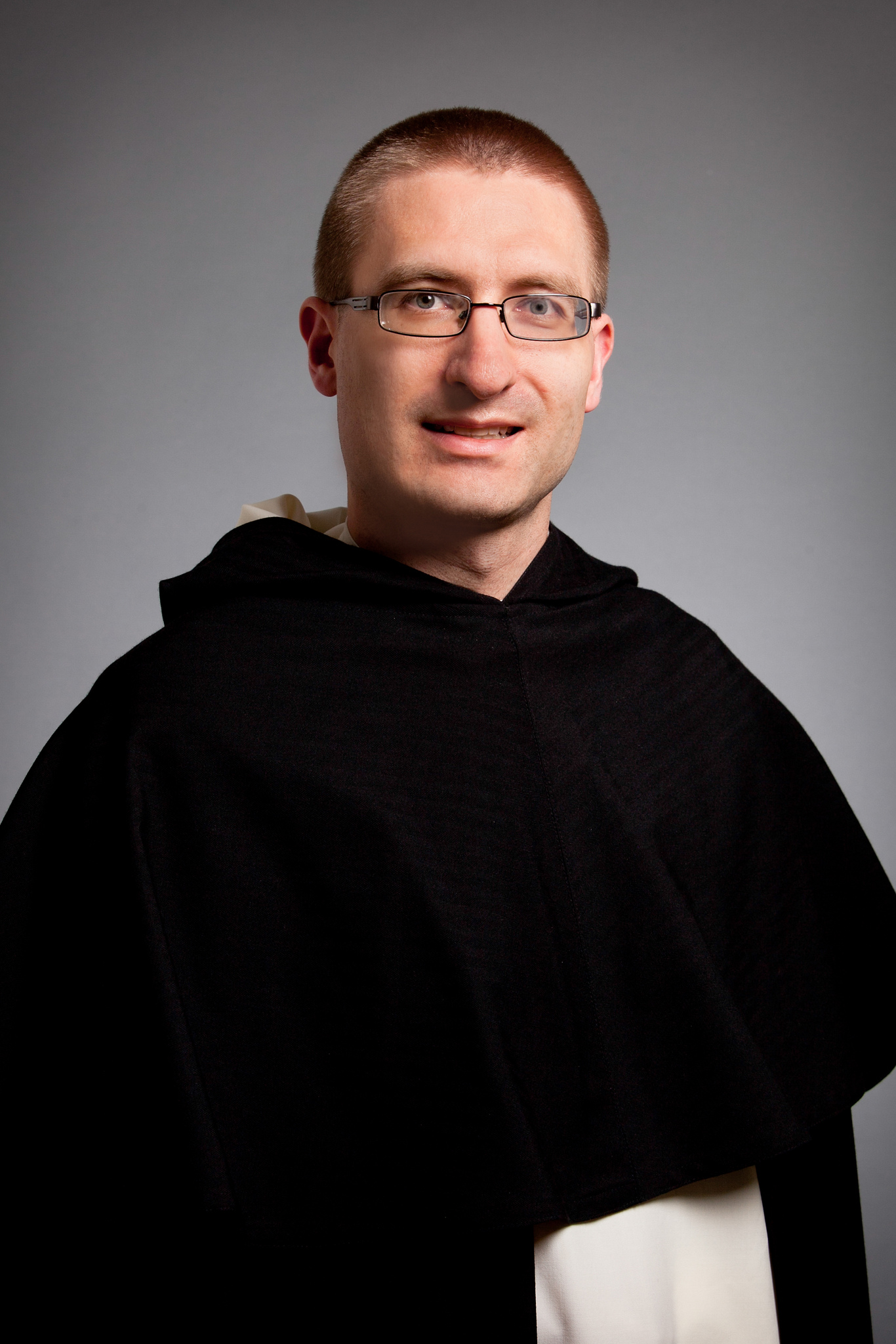
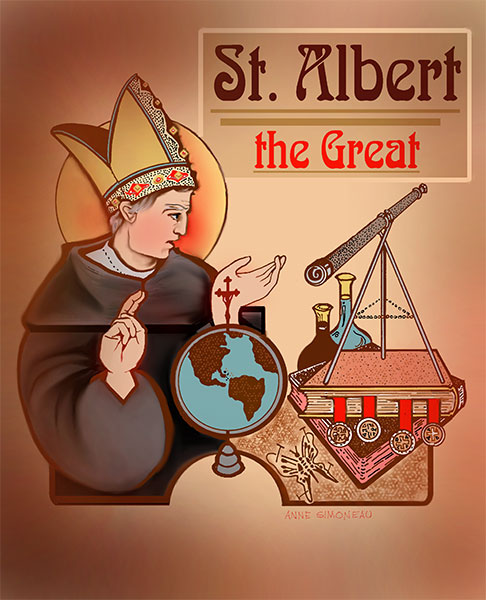

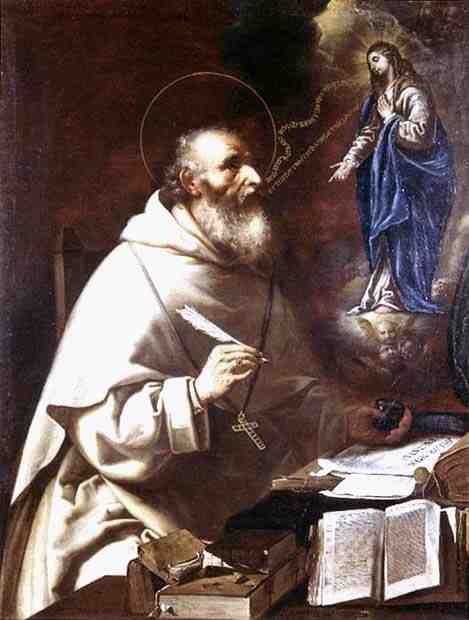


![cropped-st_-albert[1]](https://soul-candy.info/wp-content/uploads/2012/12/cropped-st_-albert1.jpg)